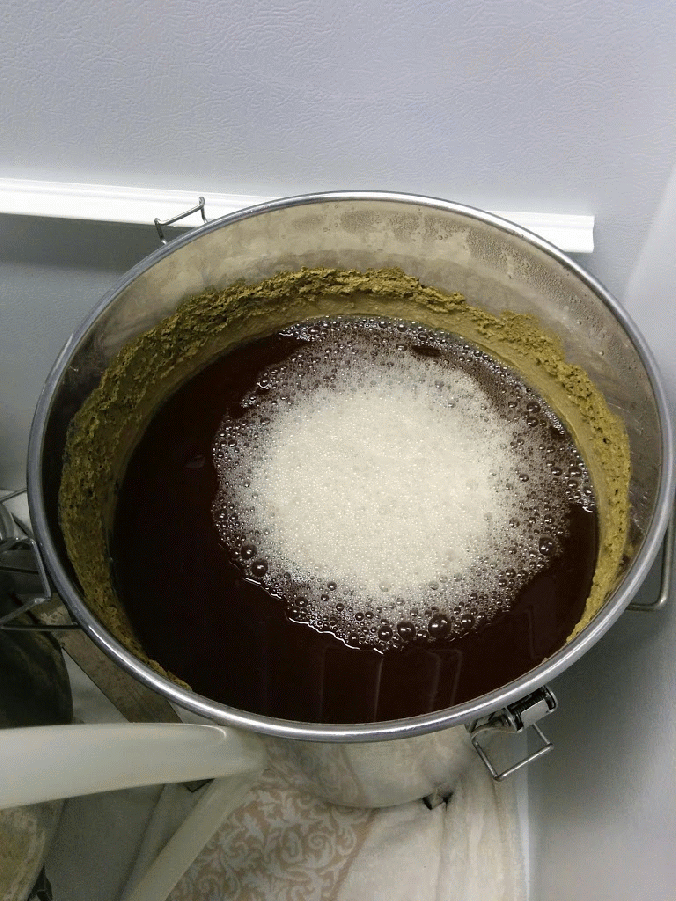
How to Dry Hop Beer
Dry hopping your beer is one of the easiest ways to make a good beer great and is supper simple to do! At this point I dry hop any Pale Ale or IPA that I brew. It does not make the beer more bitter but instead gives the impression of hoppyness and freshness with fragrant hop aroma. To dry hop your beer, wait until fermenation has completed and CO2 is no longer being generated. The reason for this is so that the escaping CO2 does not carry away the hop aroma with it because you want those odors to stay in contact with the recently fermented beer. I use either whole hops or pellet hops for dry hopping but prefer to use whole hops if available. Depending on the beer I will add between 2oz to 6oz per 5 gallon batch ( I typically go with 2oz, but my Pliny the Elder recipe calls for 5oz). I leave the hops in contact with the fermented beer for approximately 5-7 days and then either transfer to keg or cold crash for another 2 days. The process is that simple and I encourage you to try it on your next hoppy beer batch. When you pour your first pint focus on the aroma and if possible compare it to a batch of homebrew that you did not dry hop to see the difference!








Recent Comments